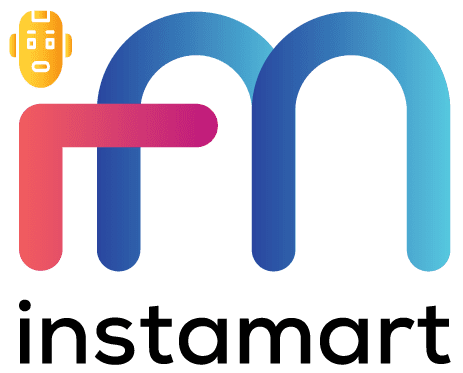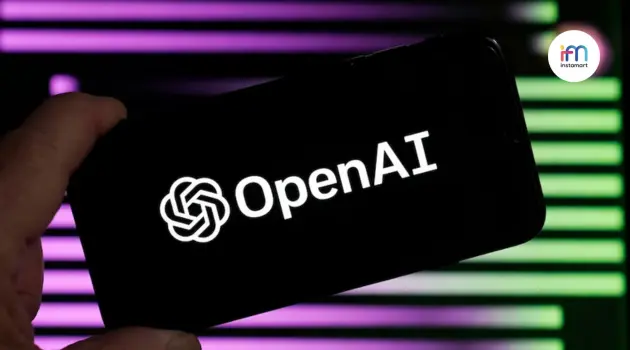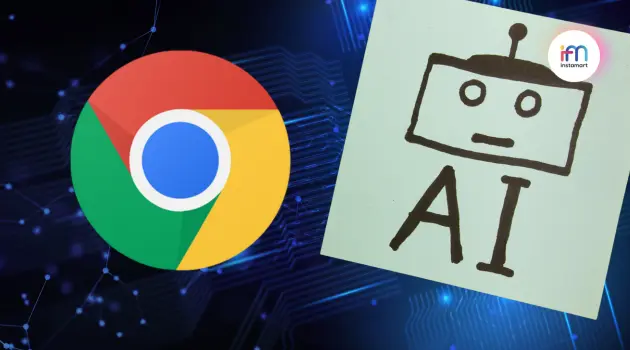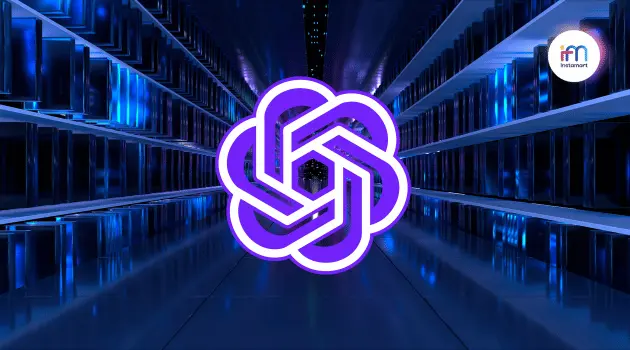Vice President Kamala Harris’s recent definition, on July 12th, regarding Artificial Intelligence has raised eyebrows. She simplifies the concept to machine learning alone, overlooking its broader implications. Experts express concerns over the VP’s apparent misunderstanding of the complex field of artificial intelligence.
“AI is kind of a fancy thing, first of all, it’s two letters, it means artificial intelligence but ultimately … it’s about machine learning,” says the VP. Critics believe VP Harris’s narrow conception of artificial intelligence weakens her capacity to manage US policy on Artificial Intelligence. Understanding the ethical implications and risks linked with Artificial Intelligence is deemed critical in an increasingly complicated context.
What is AI?
Artificial Intelligence continues to become a difficult term in the evolving world. In our advanced world, what does it entail? According to the BBC columnist Shiona, Artificial Intelligence harnesses the potential of algorithms to emulate human-like actions. Also, it offers responses, revolutionizing how we solve complex problems and make predictions.
Artificial Intelligence, at its core, processes huge data sets using algorithms by sifting and extracting valuable insights from other websites. Through these patterns, Artificial Intelligence makes accurate predictions. This concept enables different workforces, including the government, to anticipate trends and optimize informed decisions.
Robotics’ strengths lie in its ability to learn and adapt. Westfall, a business coach, says, “AI moves faster than most Humans can think.” Through continuous exposure to data and feedback loops, Artificial Intelligence algorithms refine their predictive abilities over time. This iterative learning process empowers robotics to improve its problem-solving abilities and deliver increasingly accurate results. Its impact is far-reaching, from customer recommendations on e-commerce platforms to medical diagnoses and autonomous vehicles.
Are Artificial Intelligence and machine learning the same?
The VPs “fancy” definition could introduce the Machine learning (ML) concept into Artificial Intelligence. However, the two aspects are not entirely the same. ML helps the computer and Robotics achieve the objective of Artificial Intelligence.
Impact of AI on the traditional workforce
With the VP’s comments, the traditional workforce is facing a great dystopia; they are suffering from the introduction of AI. They have a fear of being eradicated. The lack of understanding of Robotics and ML makes them prone to be misfits in their workforce as compared to the younger generation.
Artificial Intelligence comes in as a concern to the traditional workforce. This could soon do activities such as passing the bar exams! With the introduction of Elon Musk on Twitter, up to 80% of jobs were lost owing to chatbots and robotics. Amazon, too, laid off up to 20,000 employees. These numbers demonstrate that Artificial Intelligence is rapidly causing an identity problem for older generations globally. 58% of HR managers say artificial intelligence makes the older generation less confident than the younger generation. The necessity to upskill and reskill employees calls into question the traditional workforce’s vulnerability.
Generation Z tends to be open to technological advances. They are fluent in this dimension. Stephanie says, “Gen Z employees use AI technology with ease.” Generation Z is hugely significant to the concept because the digital workspace welcomes it. They are more confident than the older generations. This simply puts it that the technology puts the older generation at more risk. They might soon be wiped out.
In sum, the rapid pace of technological advancements may create a digital divide between younger and older workers. Older individuals less familiar with emerging technologies and Artificial Intelligence systems may face difficulties competing for jobs. Rather, they may require additional support and training to bridge the technological gap.
Accessible training programs and initiatives can play a vital role in lessening the gap; By ensuring that older workers can stay relevant and competitive in the evolving job market.
Also read: Best 6 Ways DeepMind AI Will Help With Climate Change
Read more AI news here






